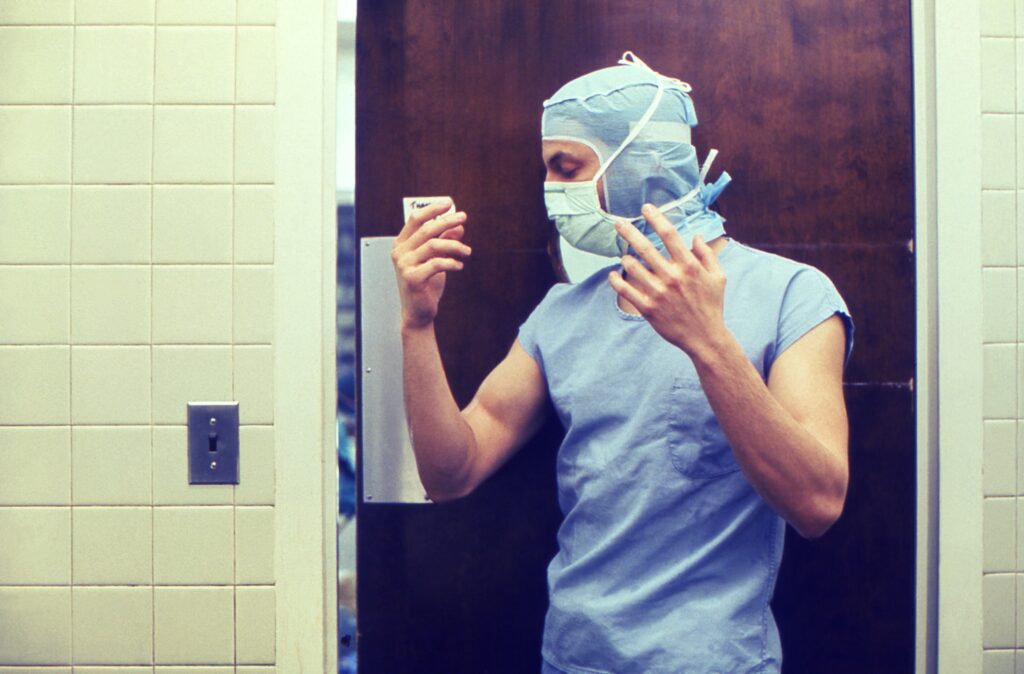Healthcare work is
a satisfying and rewarding job. 72% of workers in the industry say they’re happy with their career choice. However, there is one thing that most healthcare workers have concerns about; health and safety. On average, there are 5 and a half
work-related injuries and illnesses per 100 full-time employees every year in hospitals across the US. So, what do healthcare leaders need to do to safeguard their workers from occupational risks?
Stamp out violence
81% of nurses say they’re worried about patients becoming violent. This is a common problem in healthcare settings. Yet only 40% of workers in the industry feel that their place of work is actively prepared to deal with this issue. Healthcare workers say that they’d feel better protected if they had panic buttons, digital safety training and guidance, and text or phone alerts. Make sure you bear all this in mind when putting measures into place to combat violence in your healthcare setting.
Avoid slips, trips, and falls
25% of
workplace injuries experienced by registered nurses involve slips, trips, or falls, according to the US Bureau of Labor Statistics (BLS). Wet floors, trailing cables, and untidy work areas are just a few reasons why these workers injure themselves. When a slip, trip, or fall happens, the healthcare employee may make physical contact with an object, be struck by falling equipment, or trap a body part. These things can result in time off work and the staff member making a workers’ compensation claim due to them
hurting themselves on the job. You can limit the likelihood of this happening by putting strict protocols into place to ensure a clean and tidy environment, mopping up spills immediately, using wet floor warning signs, and providing health and safety training.
Reduce exposure to harmful substances
Healthcare settings are full of drugs, chemicals, and agents that pose a risk to healthcare workers. You must provide your healthcare workers with personal protective equipment (PPE) to protect them from these hazards.
Lead aprons and gloves should be available to workers who are exposed to radiation (e.g.for cancer treatment). Rotating staff regularly so they’re not around harmful substances for longer than needed can be helpful too.
Implement Engineering Controls
Implementing engineering controls is an important aspect of protecting healthcare workers from workplace risks. Engineering controls are physical changes to the work environment that can help to minimize exposure to workplace hazards, including infectious diseases. One way employers can implement engineering controls is by installing barriers or air filtration systems to reduce the spread of airborne diseases.
Air filtration systems can also be implemented to improve air quality and reduce the risk of transmission of airborne diseases. These systems work by filtering out particles, including those that may carry infectious diseases, from the air. Filtration systems can be installed in specific areas of a healthcare facility, such as waiting rooms, exam rooms, or operating rooms, depending on the level of risk.
Provide Mental Health Support
Healthcare workers are at risk of experiencing mental health challenges such as stress, anxiety, and burnout. Employers should provide resources such as counseling services and support groups to help healthcare workers manage their mental health. The tips for providing mental health support to healthcare workers include normalizing the need for mental health support, providing education and training on mental health issues, creating a supportive work environment, encouraging self-care, offering confidential mental health support, promoting social support, and providing easy access to mental health resources. These steps can help reduce stress and prevent burnout, promote overall well-being, and ensure that healthcare workers can provide the best possible care to their patients while maintaining their own mental health.
The health and safety of your healthcare workers should be one of your biggest priorities. Always thoroughly assess your workplace and get your employees’ opinions before imposing strict measures.


